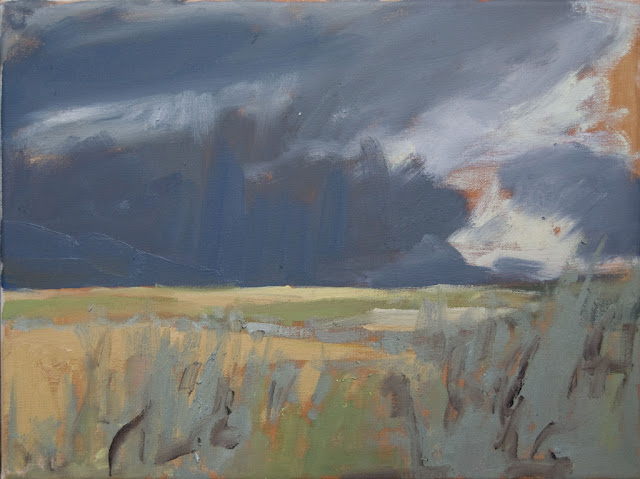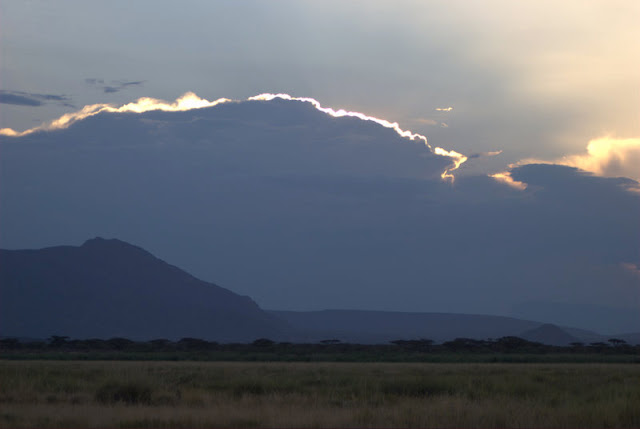 |
| Recent spottings at the San Francisco Botanical Garden, CA |
_______________________________________________________________________________
Gunnera tinctoria, Chilean Gunnera:
 |
| Image credit: Stan Shebs |
Gunnera tinctoria, Chilean Gunnera
Perennial, aquatic plant
Evergreen
Spacing: 6' - 8'
Height: 6' - 8'
Texture: tough, rough, thick knobby leaves with significant translucency
Hardiness: Zones 7a-10b
Sun: Full sun
Water: Lots! Obligate wetland plant, requires consistently wet soil
Danger: Spiny, spiky, can cut
Stand-out plant!
 |
| Image credit: Spencer Alley Blog |
_______________________________________________________________________________
Puya alpestris, Sapphire Tower:
Image credits above: San Francisco Bromeliad Society, Lana Fisher
Puya alpestris, Sapphire Tower
Succulent, cactus, tropical
Evergreen
Spacing: 36"
Height: 24"
Texture: spiky, arcing and straight needle-like leaves
Hardiness: Zones 9b-11
Sun: Full sun
Water: Minimal, drought tolerant
Danger: Very pointy tips
Great needly texture against any groundcover and mixed in with other dry shrubs, perennials, and succulents.
_______________________________________________________________________________
Protea obtusifolia, Limestone Sugarbush:
 |
| Image credit: Bluehillescape Blog |
Protea obtusifolia, Limestone Sugarbush
Perennial, shrub
Evergreen
Spacing: 6' - 0"
Height: 8' - 0"
Texture: Long, smooth obovate leaves
Bloom: red from fall-spring
Hardiness: Zones 9b-10b
Sun: Full sun
Water: Minimal, drought tolerant
Danger: N/A
Great overall form in a wild, dry garden
 Excellent pollinator plant
Excellent pollinator plant




























































